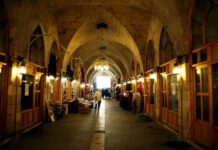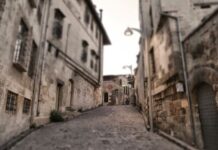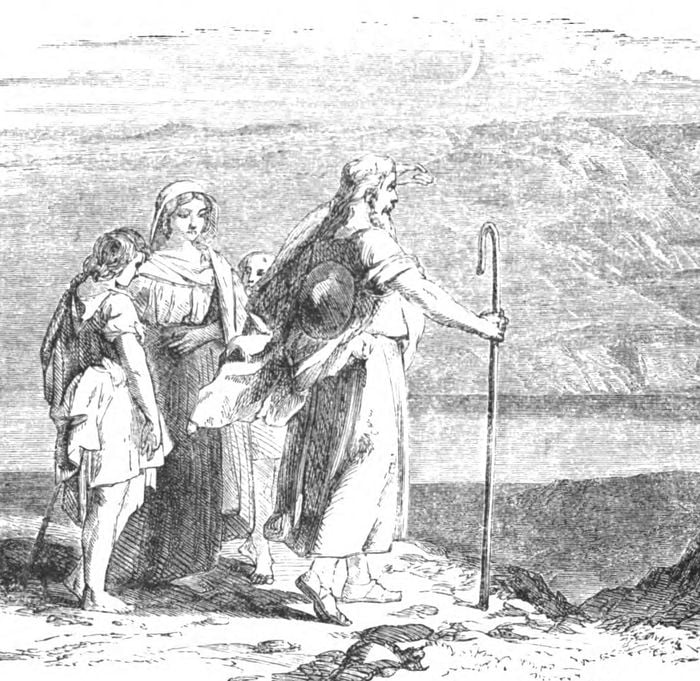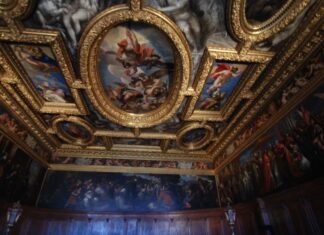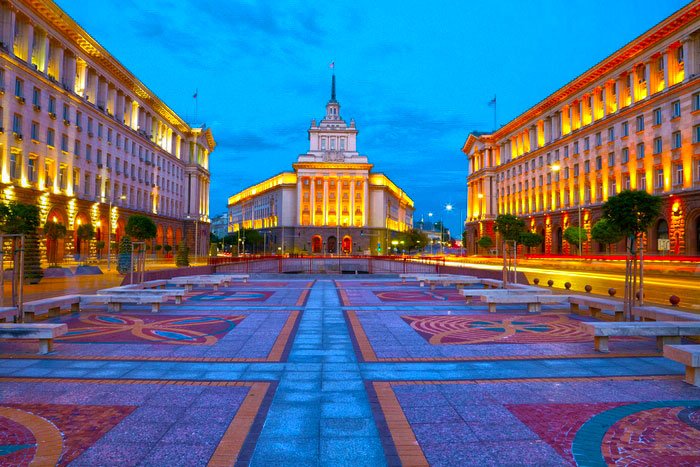In Cosmas’s day, the prosperity of that world was enough to make a businessman’s mouth water. Gaza on the Mediterranean coast was already a trading post, and Caesarea (destroyed by a Mamluk sultan in the thirteenth century) and Berytus (Beirut) farther north combined commerce and culture. Beirut had flourished since at least the fourteenth century BCE, with a handsome harbor halfway between Antioch and Gaza (about a week’s travel in either direction for those with the best pack animals), a city sure that Poseidon would look after it. Caesarea was the home of the finest library of early Christianity, and Berytus was the center of Roman legal education for the eastern Mediterranean.
In Palestine, Jerusalem was a religious zealot’s amusement park, but other cities mixed populations and people. The “ten cities” of Palestine were famous for their prosperity and civic pride. Neapolis became modern Nablus and was the home of the Samaritans, while Scythopolis (Beat Shean) was a monastic center that thrived in its border world.
Scythopolis exemplified
Scythopolis exemplified provincial success. At its height around 500 CE it was a local capital with perhaps 30,000 inhabitants. Thirty springs made it a well-watered oasis on the way inland from the coast to the Jordan valley, and even when it later housed mainly monks, they harvested date palms and produced linen to make themselves independent and comfortable. Archaeology shows us a sixth-century monastery there with church and meeting hall on either side of a central courtyard and cells and kitchens around it. A floor mosaic depicts traditional scenes of farm and animal life. By then long settled Mesopotamia is the heart of modern Iraq, it had been hellenized enough to feature a marketplace (agora) and a theater at the foot of the hill on whose summit the first settlers had taken refuge. Conventional Mediterranean buildings surrounded the agora; the temple of Zeus was destroyed in the fourth century, and one of the baths went out of use in the early sixth cen¬tury. Two Samaritan brothers, Silvanos and Sallustios, replaced this bath with a large hall. One of the brothers was lynched in 529 by Christians in the murderous suppression of a Samaritan rebellion of which we will hear more.
New churches in Scythopolis
By the end of the sixth century, there were at least four new churches in Scythopolis, and the city was losing its rectilinear Roman shape as shops and workshops filled in what had once been grander public spaces. Meanwhile, public bathing was abandoned at the same time as private housing crept into the city center. By the 720s, that great hall of the Samaritan brothers was rebuilt as a crowded souk by the caliph Hisham, and though it was destroyed a few years later, it completed in its time the transition from the old Mediterranean city style to the new Muslim model. Scholars will continue to disagree whether this remaking of the city is change or decline, but the medieval Islamic world prospered while doing its buying and selling in a souk rather than in an agora or a forum.

